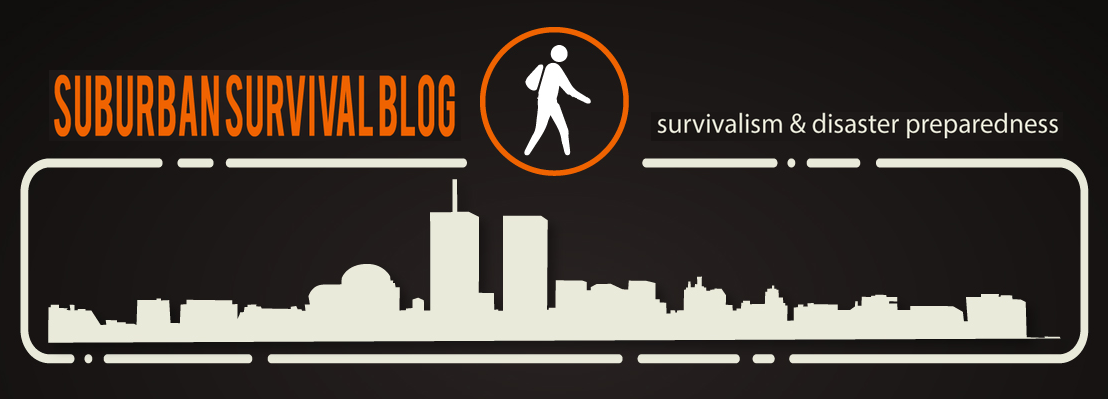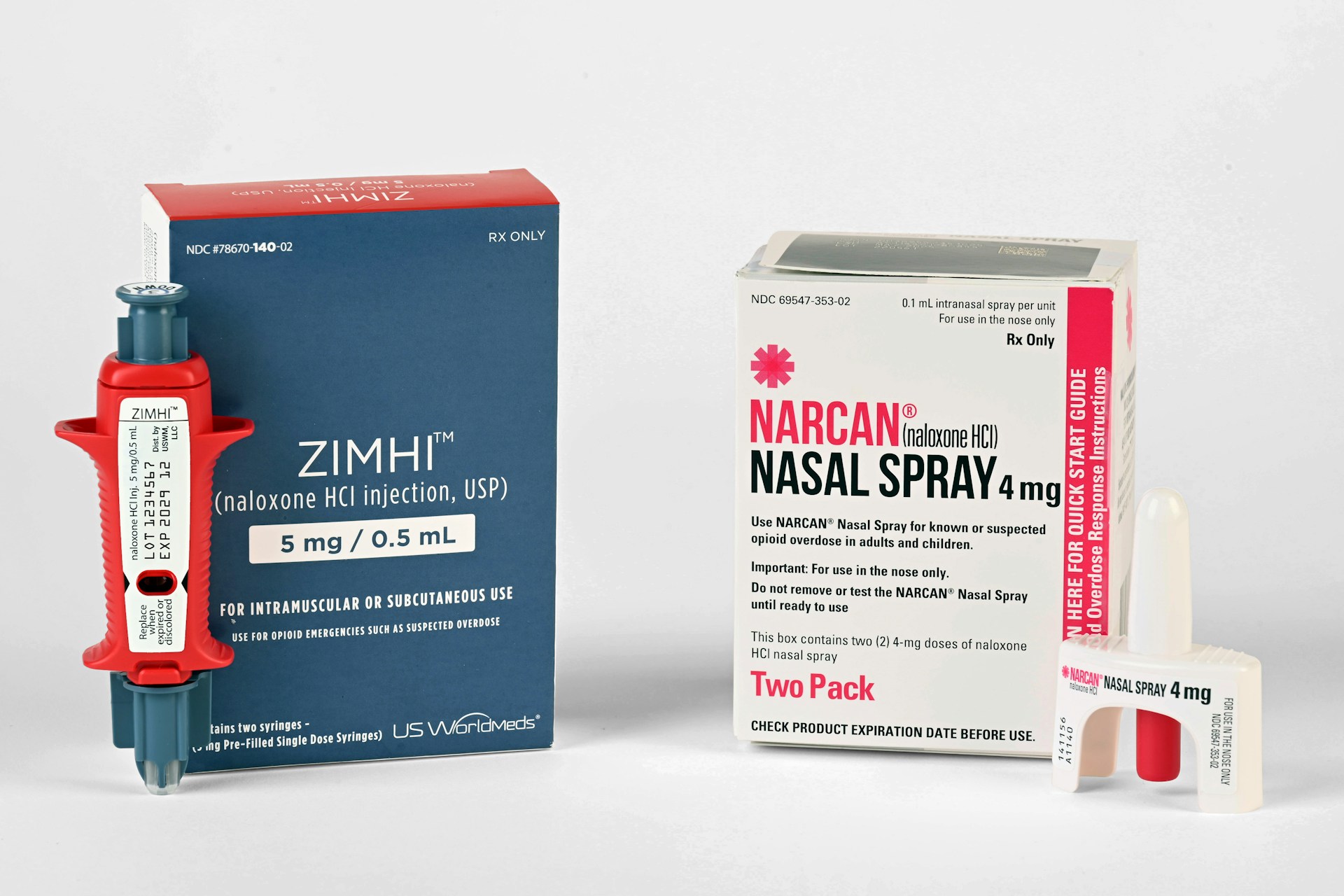Another survival story, attributed mostly to luck.
A crewman on a commercial tuna-fishing boat was the first to spot it: something shiny and metallic in the water off the ship’s bow. The crewman alerted the navigator, and the 280-foot San Nikunau slightly altered course to avoid a collision. As the ship came closer, the object revealed itself to be a small boat, an aluminum dinghy. It was late in the afternoon on November 24 of last year. The New Zealand–based San Nikunau was in open water, a couple of days out of Fiji, amid the vastness of the southern Pacific—an expanse the size of a dozen Saharas in which there are only scattered specks of land.
The dinghy, fourteen feet long and low to the water, was designed for traveling on lakes or hugging a shoreline. There was no way it should’ve been in this part of the Pacific. If the San Nikunau had passed a quarter mile to either side, likely no one would have noticed it. Anyway, it appeared empty, another bit of the ocean’s mysterious flotsam. But then, as the big ship was approaching the dinghy, something startling happened. From the bottom of the tiny boat, emerging slowly and unsteadily, rose an arm—a single human arm, skinny and sun-fried and waving for help.
There were, as it turned out, three people on the boat. Three boys. Two were 15 years old and the third was 14. They were naked and emaciated. Their skin was covered with blisters. Their tongues were swollen. They had no food, no water, no clothing, no fishing gear, no life vests, and no first-aid kit. They were close to death. They had been missing for fifty-one days.
The rest of the story illustrates what happens in a survival situation where the mental aspect becomes the most important factor in survivability.







